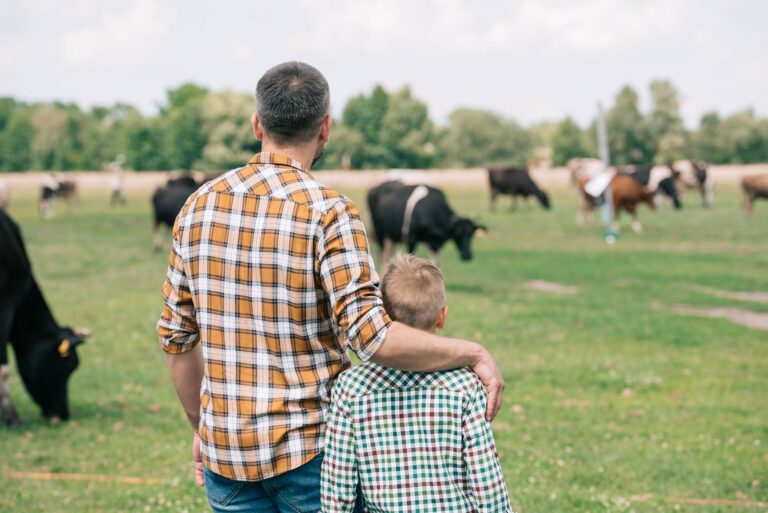When you think of a farmer, you probably don’t imagine someone driving a school bus, teaching in a classroom, or managing a bank. But for most U.S. farm households, off-farm jobs are the lifeline that keeps their farms afloat.
According to Daniel Munch, an economist with the American Farm Bureau Federation, “In 2023, just 23 percent of farm household income came from farming itself — meaning a remarkable 77 percent came from other sources.”
That other 77 percent — known as off-farm income — includes wages, salaries, pensions, investment returns, Social Security and other non-farming income.
“At the median, farm income in 2023 was actually a loss of $900,” Munch said. “Compare that to median off-farm income, which was $79,900, and you start to see how critical these outside jobs really are.”
Off-farm income isn’t just supplemental — it’s often the main source of financial stability. Over the past five years, median farm income hasn’t topped $296 annually, according to U.S. Department of Agriculture data. “The vast majority of farmers are not living off what they grow. They’re relying on a second income to survive,” Munch said.
Smaller farms are particularly reliant. Among farms earning less than $100,000 annually, more than 60 percent of farmers worked at least one day off the farm. “Smaller operations often don’t generate enough revenue to cover basic household expenses,” Munch explained. “That’s why off-farm jobs are essential — they’re paying for everything from housing and health insurance to college tuition and retirement savings.”
Young and beginning farmers, too, are leaning heavily on outside employment.
“Only about 20 percent of young farmers and 24 percent of beginning farmers are working exclusively on the farm,” Munch noted. Without inherited land or equipment, off-farm jobs help cover startup costs and offer vital benefits like insurance and stable paychecks.
Income sources vary across farming types. Dairy farms, with their intense labor demands, earn most of their household income on-farm — around 81 percent. But for cattle operations, that figure drops to just 10 percent. “Dairy farming requires around-the-clock labor,” Munch said. “There’s simply less opportunity for off-farm work.” In contrast, row crops and cattle are more seasonal, giving those producers flexibility to earn income elsewhere.
The decision to work off-farm isn’t made lightly. USDA surveys show that farmers pursue outside jobs primarily for “more reliable income, better pay than farming and access to benefits like health insurance,” said Munch. “It’s not just about extra money — it’s about managing risk in an unpredictable business.”
But commuting for those jobs has become more difficult. As rural America urbanizes, many farmers now travel far from home for work. “In farm-dependent counties, 64 percent of residents commute outside their home county,” Munch explained. “That’s higher than both nonmetro and metro counties. The jobs just aren’t next door anymore.”
In today’s economy, farming is as much about flexibility and adaptation as it is about agriculture. “Supporting U.S. agriculture means more than just supporting farms,” Munch emphasized. “It means supporting rural schools, hospitals and jobs — all the things that enable farm families to stay in business.”


:max_bytes(150000):strip_icc()/Between-Corn-Rows-POV-Deep-Natalina-Sents-Bausch-dca1b82edce44bdd97dda3b76312e719.jpg)







:max_bytes(150000):strip_icc()/corn20row20medium20shot2027799306935_11d2bf8d68_c-bd8d55a13c9240b6a58d961346b384c5.jpg)
:max_bytes(150000):strip_icc()/100875326_pigs-205487d9fc054eaea6fab279218b5d6a.jpg)
